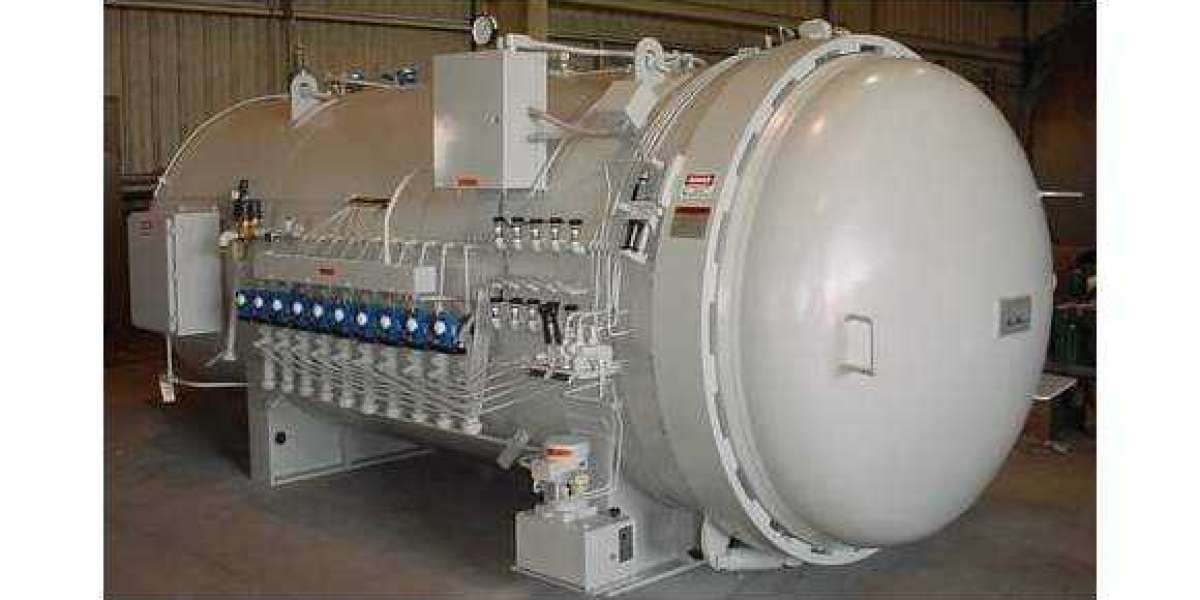
Chemical reactors are used by many people in different environments. They can enhance safety and efficiency in industrial processes. They are also useful in reducing the amount of energy and raw materials needed.
Reactors can be designed to accommodate batch or continuous operations. They are often insulated to maintain stable temperatures and reduce energy losses. They may also contain temperature sensors, pressure gauges, and flow meters.
Packed Bed Reactor
Packed bed reactors are used for a variety of continuous-flow chemical reactions. Their advantage over stirred tank reactors is that the heterogeneous catalyst remains immobilized within the bed, which reduces the risk of attrition and lifts the need for solid separation. Moreover, a packed bed reactor can be operated under conditions closer to those of a batch reaction.
The use of packed bed reactors in space is critical for many advanced life support missions. However, the hydrodynamics of these two-phase flow reactors in microgravity has not been well studied. This is because the fluids do not behave the same as they do on Earth. For example, surface tension forces play a more significant role in the formation of wetting patterns and the variation in the local packing density.
A model is being developed to understand these variations in the performance of a packed bed reactor. This is because they can significantly impact the exit conversion of chemical species. The model will also allow for better understanding of the underlying phenomena that lead to these variations.
The research team is currently testing the ability to monitor the performance of a tubular packed bed reactor in microgravity using 19F NMR. The results will be used to develop a model of the conversion and temperature profiles of the reactor. The model will enable scientists to determine what wall temperature profile will be required to achieve optimal conversion and avoid product inhibition.
Continuous Reactor
While continuous flow reactors come in a wide variety of shapes and sizes, they share many key design features. The most notable feature is that they carry materials as a flowing stream. This allows reactions to take place at higher concentrations than is possible in batch reactors and results in more efficient mixing.
This type of reactor also offers greater reliability and improved product reproducibility over time due to the ability to detect physical and chemical steady state more quickly. This is possible thanks to advanced multivariate analysis and a faster determination of the reaction equilibrium compared to traditional offline methods.
In addition to this, continuous flow reactors can also offer greater flexibility and faster changeover times compared to traditional batch systems. This allows manufacturers to quickly adapt to market demands and new product requirements with minimal disruption and costs.
For high value products such as specialty chemicals, pharmaceuticals and biopharmaceuticals the ability to use a continuous process is critical. This is because the cost of a continuous process can be significantly lower for a given capacity than a similar batch system. In addition, the continuous process can be much more scalable, allowing the company to increase production with minimal capital investment. This is particularly important for biopharmaceuticals where the patent expiration clock is ticking and time to market supersedes any consideration of process efficiency or capital costs.
Semi-Batch Reactor
The most common type of chemical reactor is a batch reactor. This type of reactor is typically used for many two-phase reactions and allows the user to control the reaction conditions such as temperature, mixing, and pressure.
A batch reactor is often used for metallocene-catalyzed polymerizations, which are difficult to control with other types of reactors such as the continuous plug flow reactor (CPFR) or the continuous stirred tank reactor (CSTR). It allows the user to control the location of the polymer chains, and it also has the advantage of allowing the user to vary the concentration of reactants over time. buy reactors from the affordable store such as Surplusrecord.
One of the benefits of batch industrial reactors is that they can be easily controlled using a computer. This allows the user to monitor the reaction and adjust the parameters to maximize the production of a product. Additionally, it is possible to use a batch reactor to control the reaction rate and avoid unwanted side reactions.
Another benefit of using a batch reactor is that it can be easily scaled up to larger sizes such as laboratory and kilo-plant scales. This saves on development and operations costs, which are required for continuous processes. In addition, continuous reactors are intrinsically safer because of their much lower reaction volume compared to batch. This allows the reaction to take place with minimal safety risks and lower costs.
Condenser Reactor
A condenser reactor is a type of reactor that cools hot vapors, causing them to condense into a liquid. This allows the vapors to be cooled and recirculated back into the system, providing a much more energy efficient method of cooling than conventional tube-cooled reactors.
The process is typically carried out in a lead-lined or iron vessel using a catalyst such as ferric chloride (FeCl3). A reflux condenser is used to return vaporized chlorobenzenes and excess chlorine vapor to the system, while also removing benzenes from the reaction mixture. The reactions are exothermic, so the reaction mixture must be cooled to avoid overheating. A cooling tower is often required, along with a large number of small tubes that must be cleaned on a regular basis to prevent degrading and leaking.
Leaking condenser tubes are not just annoying, they are dangerous. They represent the normal heat sink for thermal energy escaping the reactor core, and when the tubes begin to leak, they must be repaired as quickly as possible to ensure the safe operation of the plant. Failure to do so can cause the reactor to overheat, and emergency systems must engage.
A reactor may have one or more isolation condensers 310, 320 that allow for quick, reliable shutdown if the reactor is operating outside of its design parameters. These isolation condensers are usually a double loop through two heat exchangers 312 and can be activated at a reactor pressure setpoint via fluidic control 167 to place the plant in an isolated condition with sufficient cooling capacity if needed.








